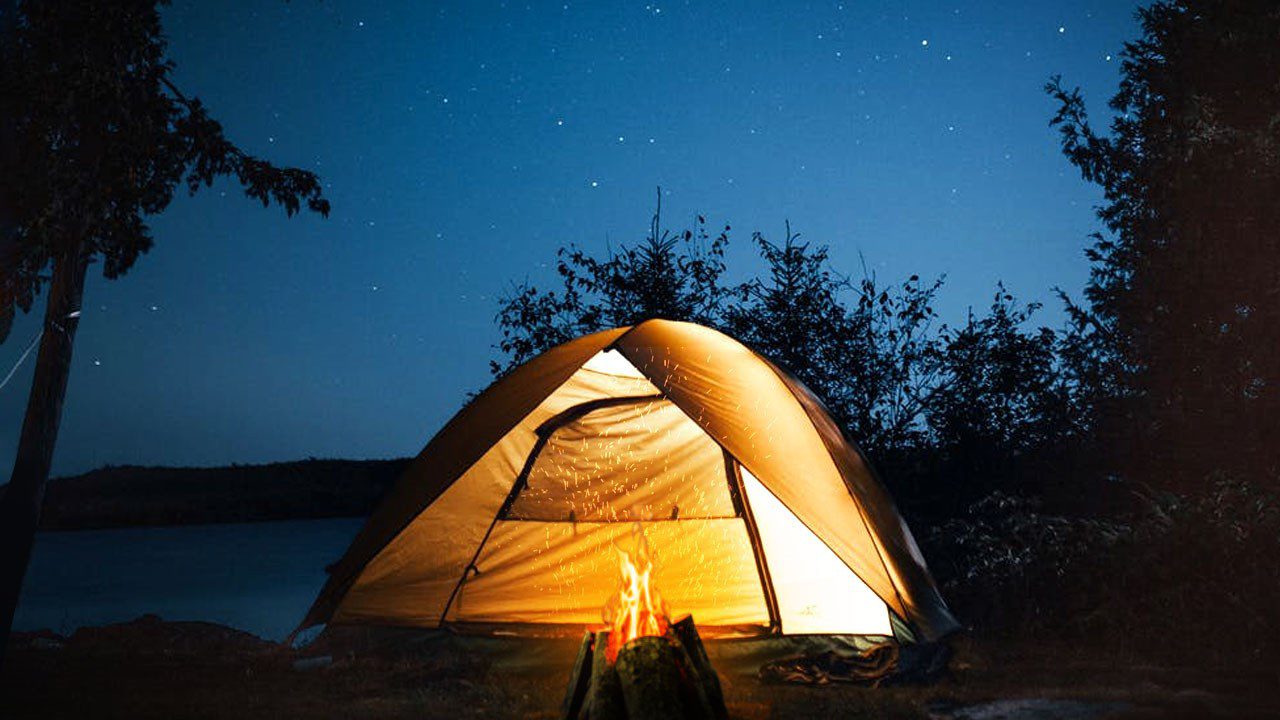10 camping tips from the Minnesota DNR
[anvplayer video=”5180314″ station=”998130″]
It’s camping season again, and the Minnesota DNR offered 10 tips to make sure it’s a good experience. Parks and Trails Division Public Relations Supervisor Sara Berhow explained each one.
- Book campsites early: “Campsites book up pretty early, especially at our more popular parks. Folks in your area know the North Shore is really popular and really busy,” Berhow said. “You can book out 120 days in advance. That covers all of summer at this point, so if you don’t have a reservation yet and you want to go camping, look to book something soon.”
- Try camping in a state forest: “The DNR manages 143 campgrounds in the state, and a lot of people are familiar with the 95 of them that are in state parks. But we also have 48 campgrounds that are in state forests. And the difference there is that the state forest campgrounds do not take reservations. They’re all available on a first-come, first-served basis.”
- Buy a vehicle permit: “If you’re going to a state park or state recreation area, and you’re driving your car to get in, you’ll need to have a vehicle permit. It’s $7 for a single day. It’s $35 for an annual pass, which is a pretty good bargain I think, so you can buy that online in advance of your trip or you can buy those at the park office if it’s open when you arrive at the park.”
- Pack smart: “I would say — especially this year — pack your bug spray. If people are new to camping and just don’t know where to start with coming up with a packing list, we have a camping checklist on the DNR website.”
- Check equipment before you go: “Make sure your camp stove works, make sure that your air mattress doesn’t have leaks in it, those kinds of things. If you test them at home first, you’ll not run into trouble when you find out they don’t work when you’re already at your campsite.”
- Research events: “We have an online events calendar. We have interpretive naturalists at many of our parks, and they plan some really great programming. These are smart people who have so much information to share. So people can come attend these events and learn about wildlife or plants or learn some new outdoor skills.”
- Check visitor alerts: “Each park’s website has a yellow box on it with visitor alerts, and that’s a place where if there’s any information that’s out of the ordinary for that park, if there is construction that might impact your trip to get to the park, or there’s weather-related events that have caused a certain part of the park to be closed or a trail to be closed or something like that, that information would be included in the visitor alerts.”
- Navigate with a smartphone: We use an app called Avenza Maps. It’s free, it’s available for Apple and Android devices. There’s a store right in the app, and all of the DNR maps are free. There’s no charge to use them. And once you download that app and the map for the place you’re going, you don’t need a cell connection anymore. You can use that map. There’s a blue dot that follows you wherever you go so you can see exactly where you are on the trail and you can orient yourself to make sure that you don’t get lost, even in places that don’t have cell signal.”
- Watch the weather: “We know that severe weather does come to Minnesota. We have thunderstorms and things like that, so it’s a good idea to check the forecast before you go. Just be aware of your surroundings, know where you have the option to take shelter if you need to.”
- Share your photos: “We often take photos that get shared from the public and we use them on our social media channels and other places, so if you take a really great photo, share it with us. And we can share it even more broadly.”
